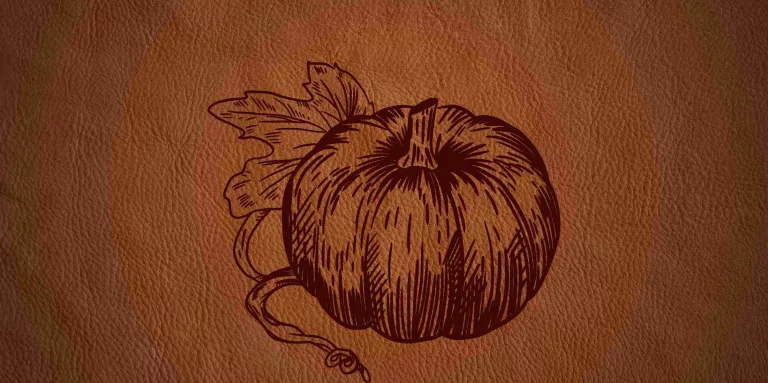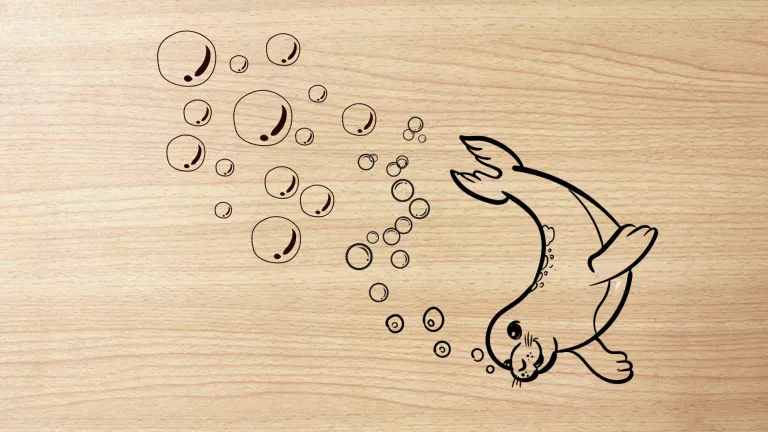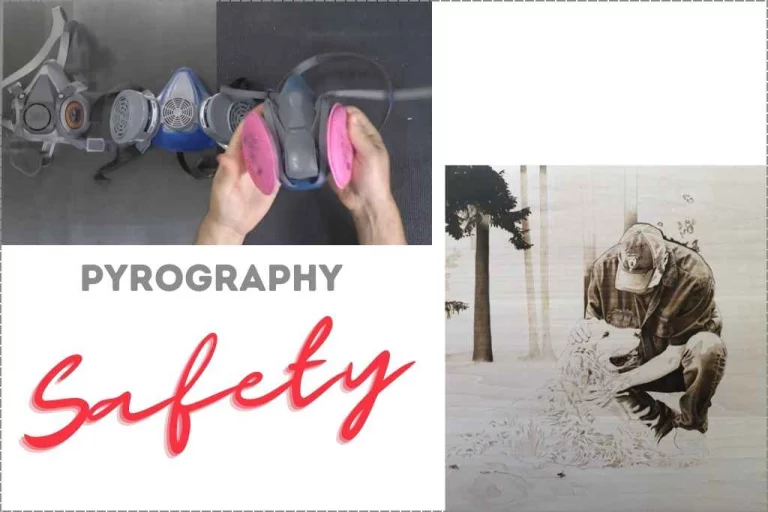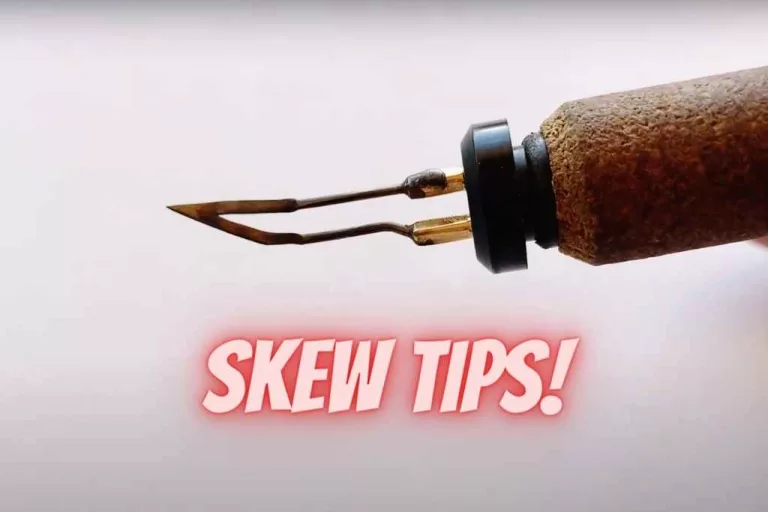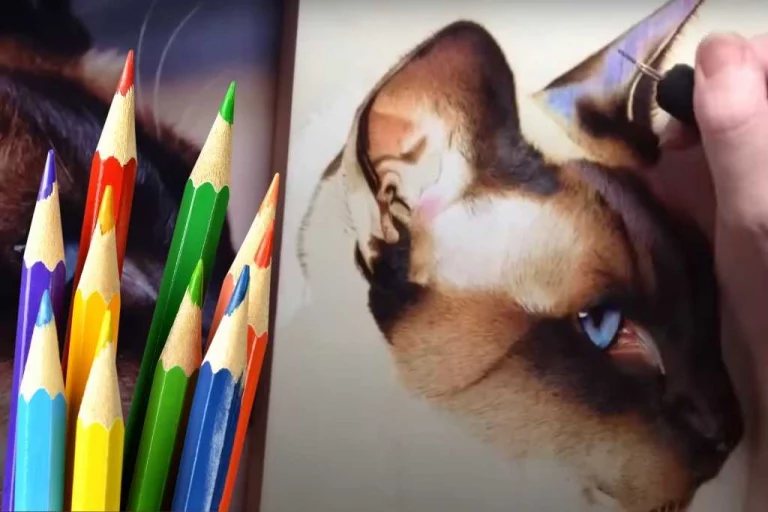Pyrography or Wood Burning: Overview of a Tremendous Art Form
Pyrography or wood burning – whichever one caught your fancy– is a very trendy and popular craft right now. Aside from producing very classy results, pyrography also doubles as a calming and focusing pastime.
Pyrography and wood burning are not, in fact, the same. Literally, pyrography means writing something via burning a surface. And literally, it is merely a type of wood burning art. But conventionally, any type of burning art is pyrography. In today’s blog post, we will talk about the conventional and globally accepted meaning where pyrography and wood burning are synonymous terms. So if you have any confusion about either, we will hopefully clear it up by the time the conclusion rolls in.
Let’s get to it!
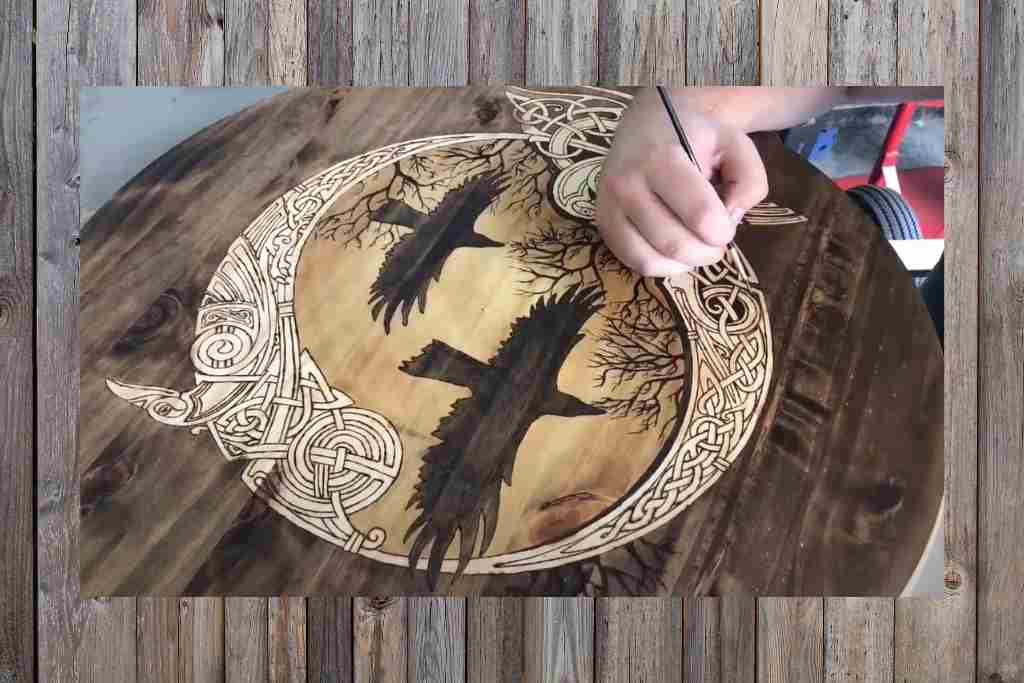
Insight Into Pyrography or Wood Burning
When Did it Start?
I have not been able to pinpoint exactly when in history, or pre-history did pyrography start. Every time researchers think they’ve nailed it down, some even older specimens of pyrography crops up. Let’s just say this craft started far, far back.
Where was it First Seen?
Pyrography existed in ancient times in Asia, Africa, and also Europe. All these locations exhibit samples that have their own unique style and charm.
Here is a good read on woodburn history if you like to know thoroughly.
Existential Question On Wood Burning?
Now, here’s the catch. Pyrography can be done on a variety of mediums. One of these mediums is wood. So it is clear that when decorative pyrography is done on wood, it is wood burning art. And all the wood burning arts are called pyrography traditionally. It now covers a wide variety of techniques and a large spectrum of materials to work on.

Then and Now
Back in time, pyrography was a time consuming, labor-intensive pursuit. It involved a stove and a poker. The artisan would heat the poker in the stove and then draw on wood or other surfaces. It was hard to control the force or the temperature, and immense skill and care went into it.
Nowadays, though, the supplies are more convenient. You can readily get wood and other materials sized for pyrography art, not to mention pyrography pens with various different nibs and temperature control. It’s become a much easier hobby to pursue.
I can’t hold myself from sharing this amazingly beautiful modern pyrography video of Emma Watson by Prabhath Arts.
Famous Artists
This art form has flourished, and many have risen to fame with their skills. Some notable names are–
- Romanian artist Dumitru Muradian
- American artist Robert McGehee
- Chinese artist Ken Li
They’re each known for paving an unique path through the world of pyrography. Here is a nice read on the famous wood burning artists in the world. If you’ve even dreamt of taking your pyrography skills to a new level, these are the people you should look up to.
Here is a beautiful woodburn project video representing the works of famous Nigerian pyrographer Alex Peter Idoko based on African lives and lifestyles.
You’ll Need
Now that you know what pyrography is all about, let’s get our hands dirty. It is pyrography (on wood, on bamboo, on leather, on fabric or on some other surface) art that you want to try out, you’re going to need supplies. These supplies better be good, otherwise your learning will have struggles.
Burning Tool
Gone are the days of a hot metal poker and a coal stove. Electrical pyrography tools have become incredibly available. However, you should still choose wisely. There are two main types of burning tools. These are wood burners and craft burners.
Craft Burner
Craft burners are a more generic form of pyrography tool, it does not give you any edge while doing the pyrography at the pro level.

Advantages
- Usually comes quite cheap
- Some are available with temperature dials
- Some models come with on-off switch
Disadvantages
- Limited tip selection
- Tips tend to be fragile
- Slow to warm up and cool down
- Feels heavy and unwieldy to work with
Wood Burners
Wood burners cater to the specific needs that an intermediate or pro pyrographer might have.
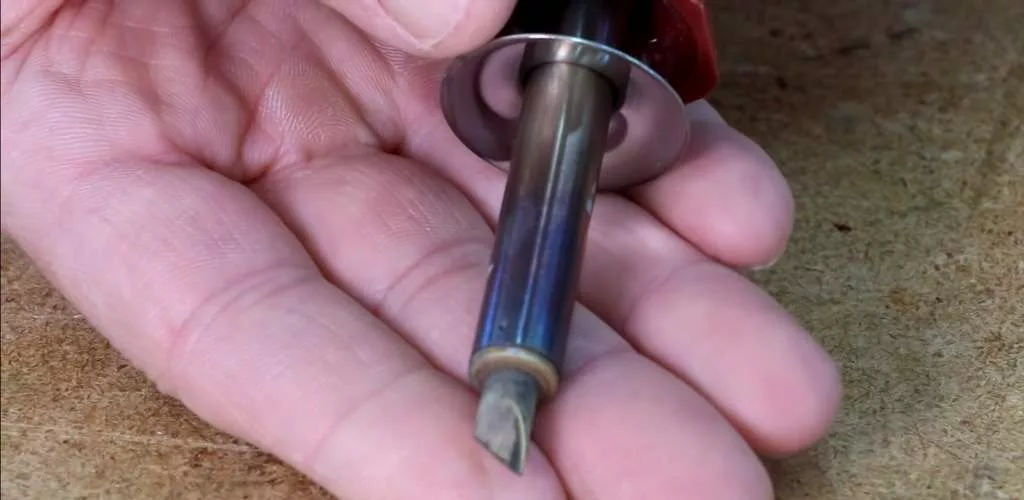

Advantages
- Feels comfortable in the hand
- Usually comes with temperature control
- Comes with a large variety of sturdy tips
- The tips are easy to install
Disadvantages
- Quite expensive
Burning Medium
There are quite a few surfaces you can practice pyrography on. Wood is the most popular, hence the specific term “wood burning art” was coined. However, there are more surfaces suitable for this art, and some surfaces you really shouldn’t touch with a pyrography pen! Come and take a look.
What You Can Do Pyrography On
- Wood (Light colored, soft, untreated)
- Bamboo
- Paper
- Leather
- Bone (even ivory, if you’re trying to be extra fancy)
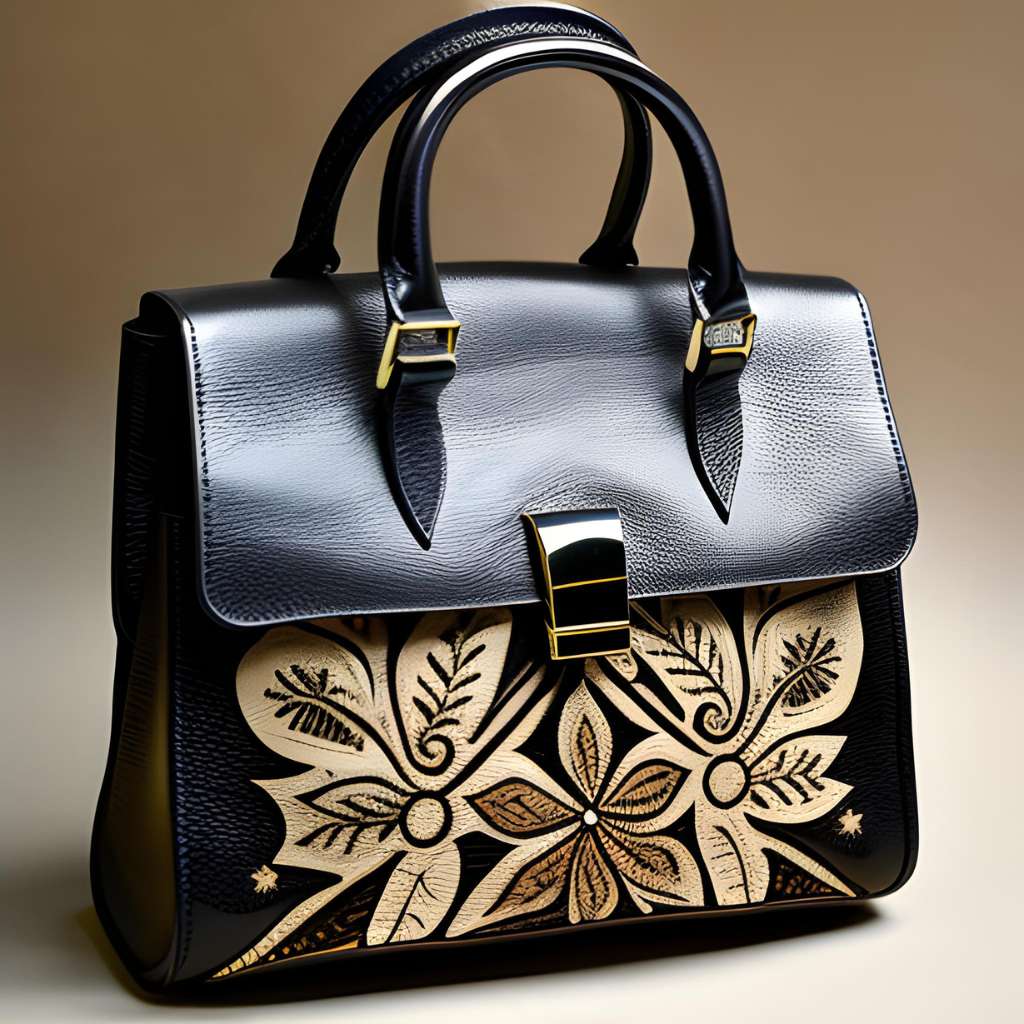
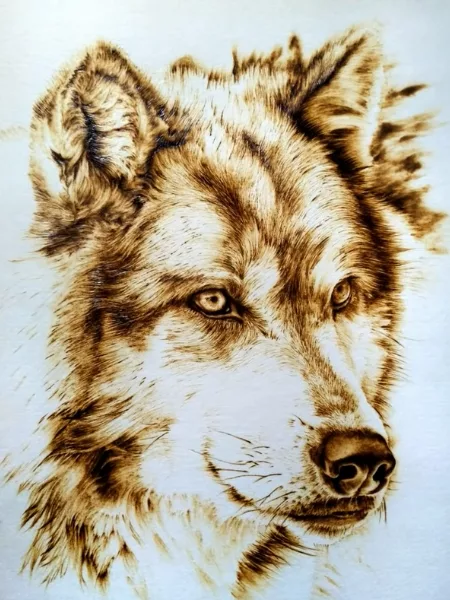
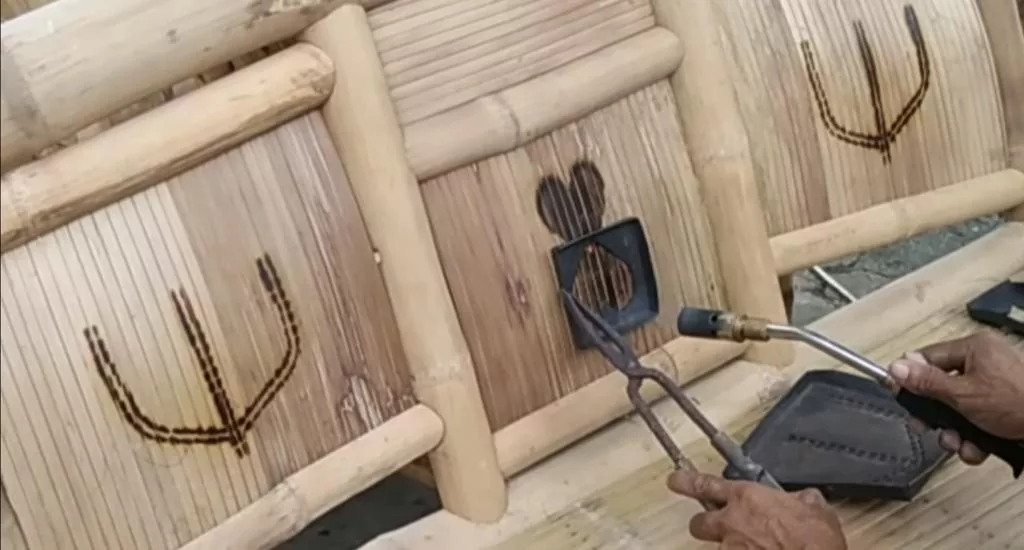
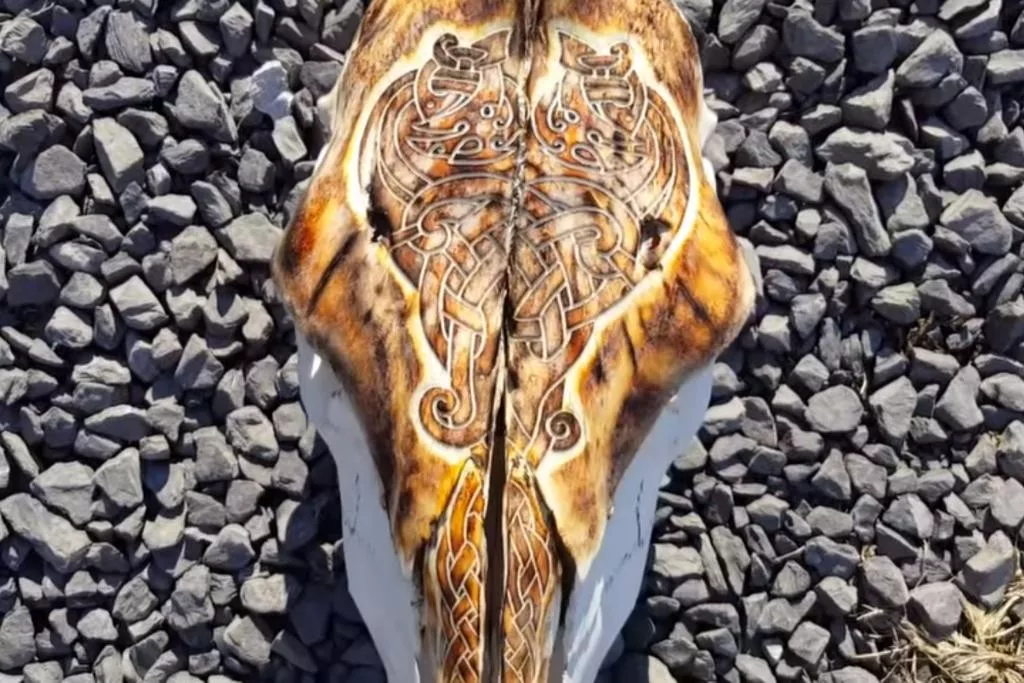
What You Should Never Do Pyrography On
- Treated or finished wood or green wood
- Plastic
- Resin
All of these materials would emit toxic fumes when burned, and might even cause accidents. Out of concern for your own health and the environment, refrain from using these surfaces for pyrography
Miscellaneous Items
Of course, a pyrography pen and a piece of wood may be the core of pyrography art, but you do need some other stuff to assist.
- Pencil and eraser
- Design stencil (or a piece of paper with your desired design on it)
- Carbon/graphite paper
- A piece of cloth to clean the metal tip of the pyrography pen (a piece of denim would work just fine)
- An x-acto knife (to gently scrape away small mistakes)
- Sanding pen (to lighten any area that you have burned too much)
- An easel or movable workstation for comfort
- Safety gear (mask, goggles, gloves)
- Scrap pieces of wood for practice
Patterns to start with
Pyrography, at first, is going to frustrate you endlessly. You’re drawing a pattern with pencil on paper easily. The same thing would seem incredibly cumbersome to do on a piece of wood with a pyrography pen. In fact, a detailed pattern might even make you want to quit.
You would certainly get better with practice. Seasoned pyrography artists make the whole process look so easy. Before you get to that level, it’s best to start with easy and simple patterns.
The fun thing about simple patterns is that they don’t have to be boring or childish. If you can master a few beginner’s strokes, like straight lines, curves lines, dots and tapered lines, you can reproduce any of these simple patterns –
- Geometric patterns
- Recurring patterns
- Silhouettes
- Your name
- Anything with stencils
- Pet portraits
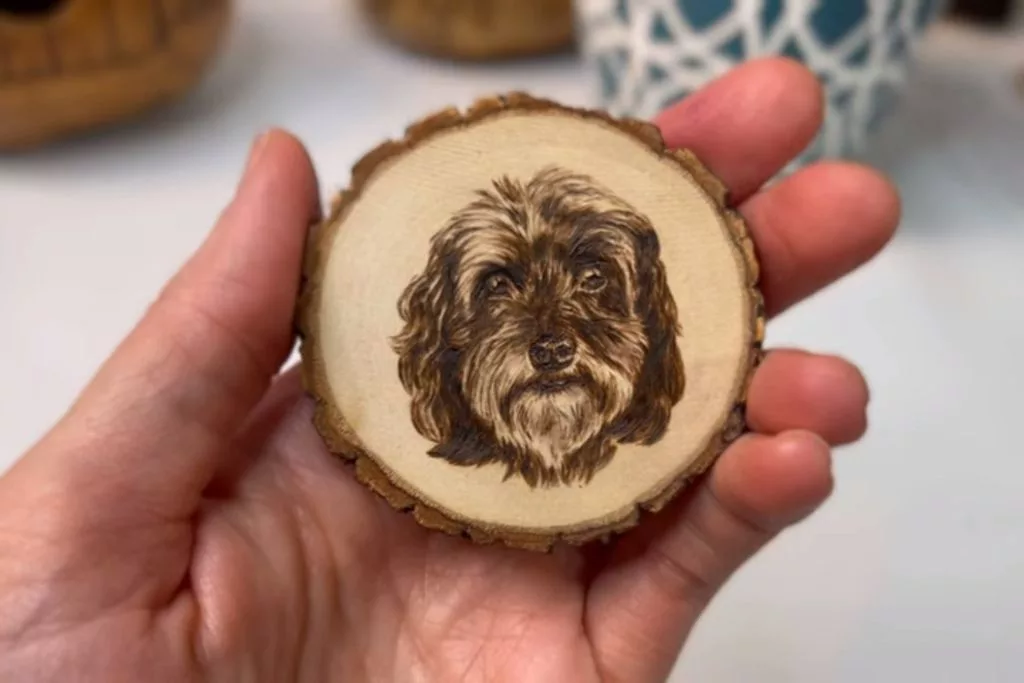
In my opinion, one of your first projects should have your name in a simple font. It’s an easy project that’ll boost the confidence. This article will tell you how to do the burn in detail. And here’s a video on how woodburns are done. Here’s is another video on the basics.
FAQs
How difficult is pyrography?
Usually, pyrography is not pretty much difficult. But as the heated pen is quite tough to handle, it is a bit confusing for beginners. Once the artist gets used to handling the pen and learn the outlines and shadings, it is pure fun.
Do people buy wood burning art?
Yes, people buy woodburning artwork for decorating their homes and offices. Some wood burning artworks even get sold for thousands of dollars.
Is there a market for wood burning?
Yes, there are different markets around the world where wood-burning artworks are sold. You can also buy them from an online marketplace.
What can I make with a wood burning kit?
Using a wood-burning kit, you can make different types of decorated crafts like a crafted spoon, beautiful chopping boards, wall hanging pieces, coasters, pendants, earrings, pen stands, vintage looking furniture etc.
Conclusion
Pyrography and wood burning arts, they both no longer seem too hard, do they? The term ‘pyrography’ has made many people back down just because it sounds complicated. Now that you know how straight-forward and fun the activity can be, what’s on your mind?
Do you think you’re going to take up the burn art anytime soon? Let us know in the comments below. If you have any comments or suggestions as to what kind of information would be more helpful, tell us that too!
Additional Reads
From this pyrography basics, you can start a deeper journey to burning art world while honing your burning knowledge and skills.
- Millis, Susan M. (2013) Understanding pyrography, the photochemistry of ‘scorched’ decoration.
- Pyrography of wildlife

